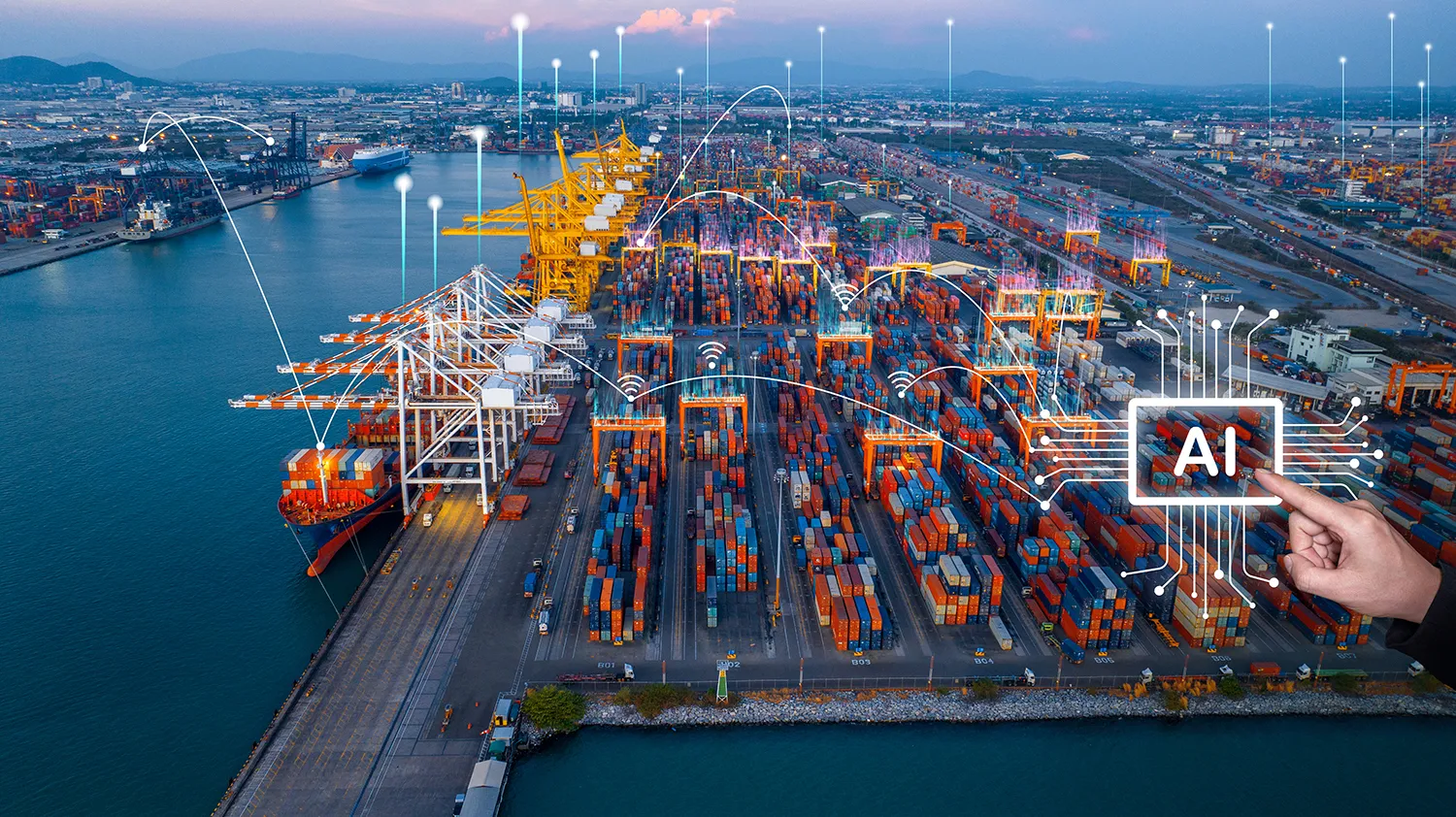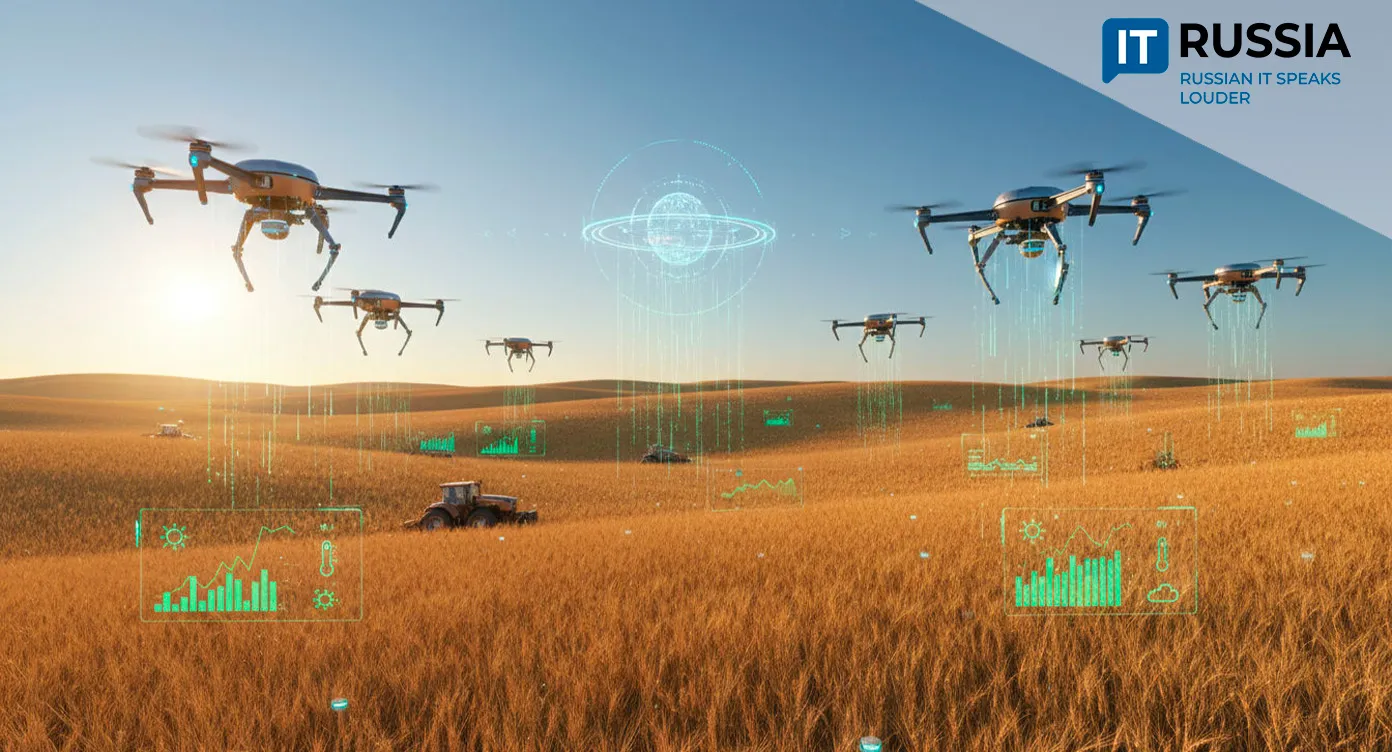AI as the Conductor of Logistics

Russian-developed MasterTMS is proving that artificial intelligence can bring harmony to complex logistics systems, delivering up to 21% savings per shipment and emerging as a viable alternative to Western TMS solutions
A New Era in Logistics Optimization
At the core of MasterTMS is intelligent, multi-parameter routing. The platform’s algorithms evaluate millions of possible routes in minutes, orchestrating company-owned and third-party fleets as if they were a single unit. In practice, this reduces empty runs, balances vehicle loads, and minimizes wear and tear. Pilot projects in retail, distribution, and manufacturing sectors have already shown 9–21% savings in the first month of deployment.
For businesses spending hundreds of millions annually on transportation, that translates to tens of millions in direct profit.
The significance is clear: for the first time, a domestic cloud-based TMS has demonstrated scalability at the federal enterprise level, moving beyond niche deployments.

In the wake of the 2022 withdrawal of Western solutions, MasterTMS has become not only an alternative but, in many cases, the only fully integrated tool listed in the Russian software registry and certified for data security compliance.
Growth Drivers and Global Potential
Domestically, several growth levers are in place: mandatory electronic documentation, large networks shifting to domestic IT stacks, and business demand for cost reduction. Integration with ERP and WMS systems via open APIs simplifies migration, while the SaaS model eliminates upfront capital expenses—critical for mid-market adoption.
Internationally, the system’s export potential lies in markets facing similar logistics challenges: dispersed warehouse networks, limited transportation capacity, and excessive mileage. Eurasia, the Middle East, and Latin America share these conditions. For such regions, Russia’s proven model of managing both owned and contracted transport could be more attractive than legacy, monolithic Western platforms. MasterTMS already supports shipments in Kazakhstan and Belarus.
From Pandemic Startups to Industry Platform
MasterTMS emerged from the wave of pandemic-era startups in 2020–2021, initially serving fleets of just a few dozen vehicles. The 2022 exit of key Western vendors made import substitution a strategic priority, accelerating pilot projects.
By 2023, major retailers confirmed cost savings of 10–15%, laying the foundation for scale. By 2024, MasterTMS had built an ecosystem of more than 600 corporate clients, and in 2025 it went public with case studies showing savings of up to 21% through combined route optimization and competitive carrier bidding.

The Russian market has compressed a decade-long Western evolution—from manual Excel planning to real-time AI-driven automation—into just a few years.
What’s Next for the Market
In the short term, MasterTMS is poised to become the de facto standard for enterprises where transportation costs exceed 5% of production expenses. By 2026, when electronic shipping documents become mandatory, the platform plans to merge routing, carrier tenders, and digital documentation into a single interface, directly meeting market demand.
In the medium term, the system will strengthen technological sovereignty by removing dependence on sanctioned software and minimizing downtime from unsupported foreign tools. IoT integration will follow, allowing MasterTMS algorithms to predict equipment wear and schedule maintenance without disrupting operations.

Long term, the focus will shift to high-mix transport markets with complex geographies. Proven performance under Russia’s challenging climate and infrastructure conditions will be a strong selling point in regions where Western solutions are costly or poorly adapted. Risks include competition from Asian TMS platforms and the need for continuous AI model development, but the combination of local support, flexible pricing, and verified cost savings gives MasterTMS a competitive edge.
From being a ‘sanctions backup’ option, the Russian platform has become a sector driver—tackling cost, speed, and transparency in freight management. If adoption rates hold, by the decade’s end the term ‘routing’ may migrate entirely from dispatcher jargon into AI lexicons, with 20% savings becoming the new logistics norm.










































